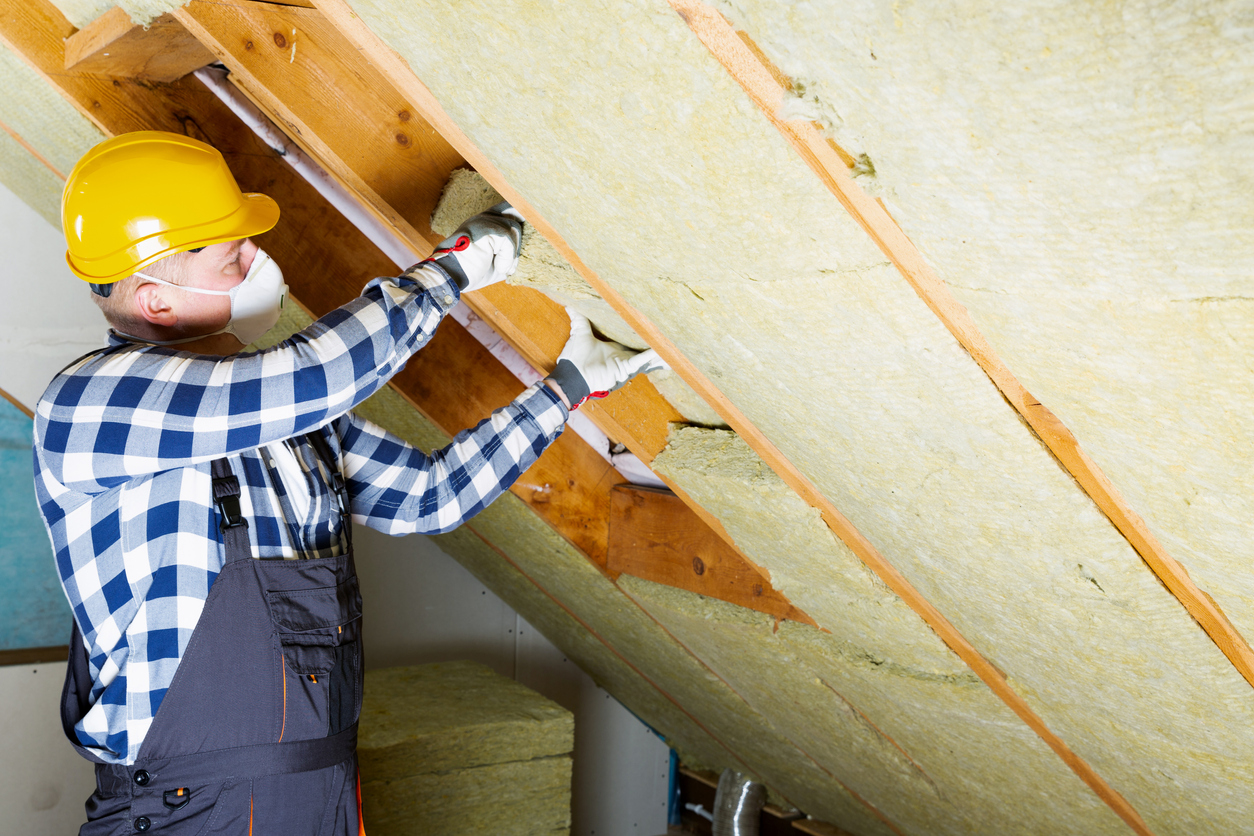
The efficacy of insulation relies entirely on the quality of the installation. In order to help grade installation, RESNET created a home energy rating systems standard. Here’s how a home energy rating looks at insulation installation as a part of the HERS rating system.
A Home Energy Rating System (HERS) utilizes energy modelling to see how energy efficient a home will be. This helps the homeowner to see where issues in the envelope are costing money and can help buildings achieve an Energy Star rating.
Insulation is graded according to the R-value of the products used in the wall, floor and roof as well as the quality of the installation. Even the best insulation materials will be rendered ineffective with shoddy installation. Installations fall into three grades:
Grade 1: This is reserved for top notch installations. The installers have followed the manufacturer’s instructions. All cavities are completely filled and enclosed on six sides without compressing the insulation. Insulation is cut around electrical junction boxes, wires and pipes. The HERS software will calculate 100% of the R-value of the insulation.
Grade 2: There are some issues with installation, but the R-value isn’t too badly affected. There can be some gaps in cavities, around pipes and wires and a little compression. The HERS software will calculate 98% of the R-value of the insulation.
Grade 3: There are gaps in cavities and around plumbing, wires and electrical boxes. There is significant compression of the insulation. The HERS software will calculate 95% of the R-value of the insulation.
In areas where there is more than 5% of the insulation missing, those areas will have to be modelled separately.
Knowing what inspectors are looking for and what affects the R-value can help installers to properly install insulation for maximum effectiveness.
The diagrams below, taken from the HERS Standards (Appendix A, pages A-11 to A-16), show what inspectors look for.
